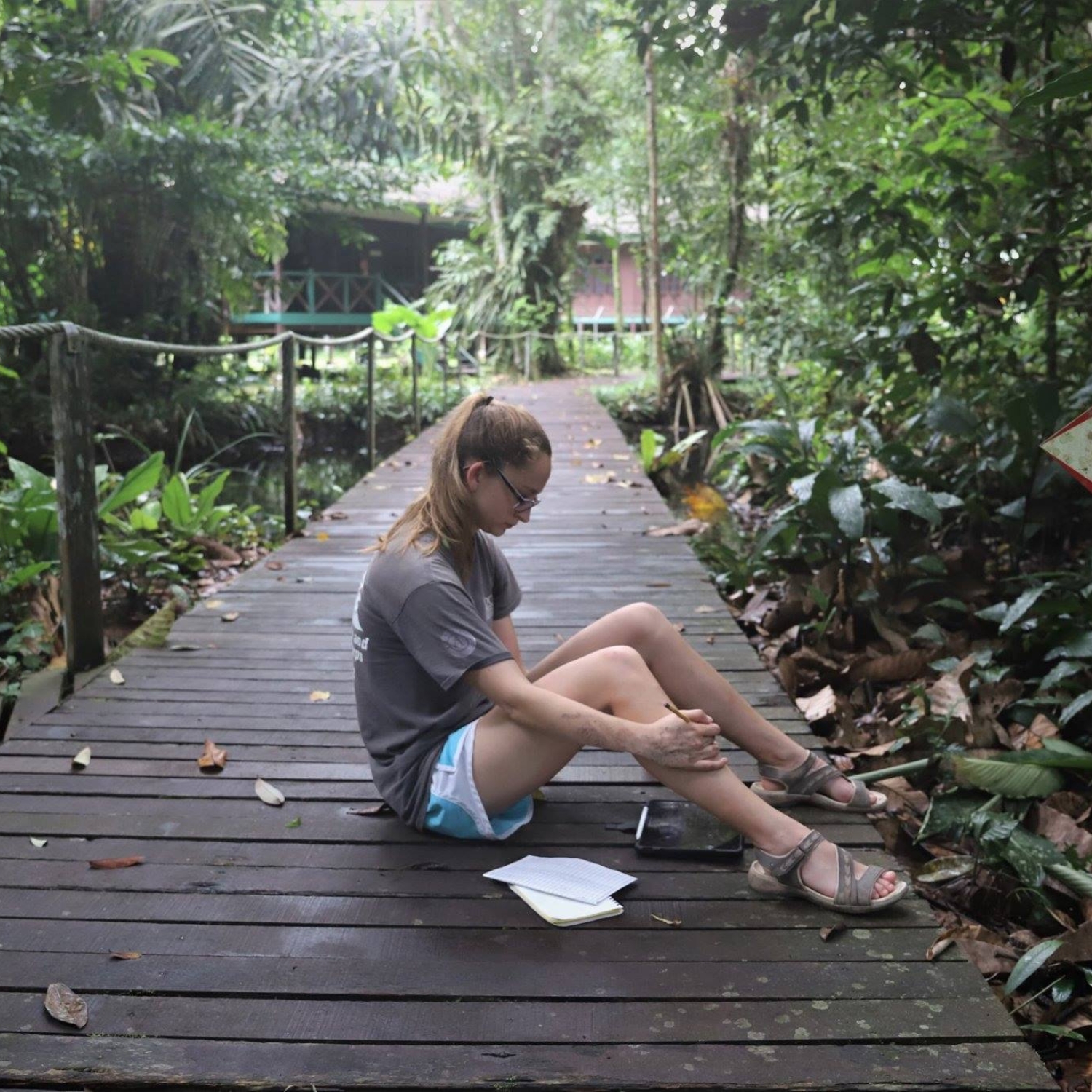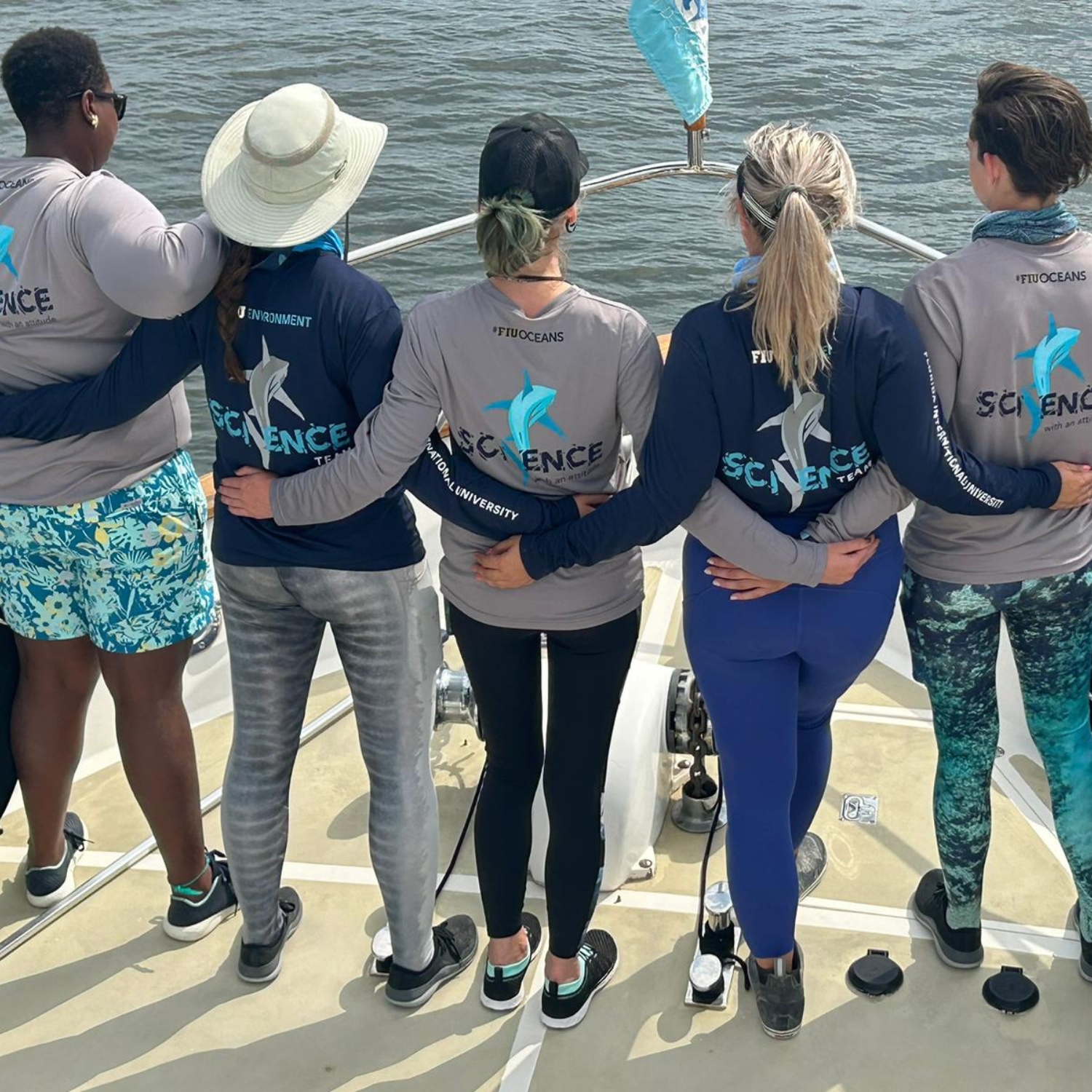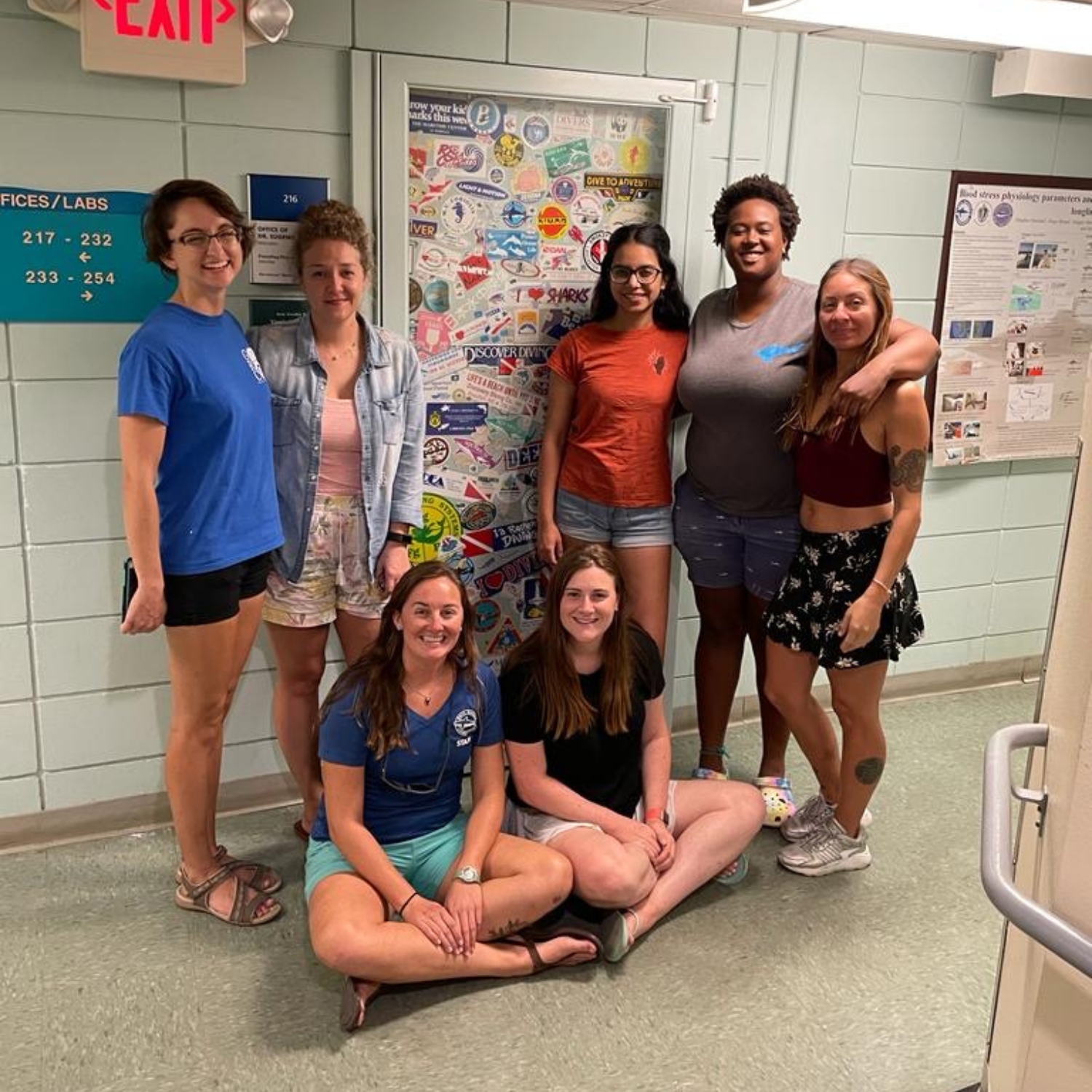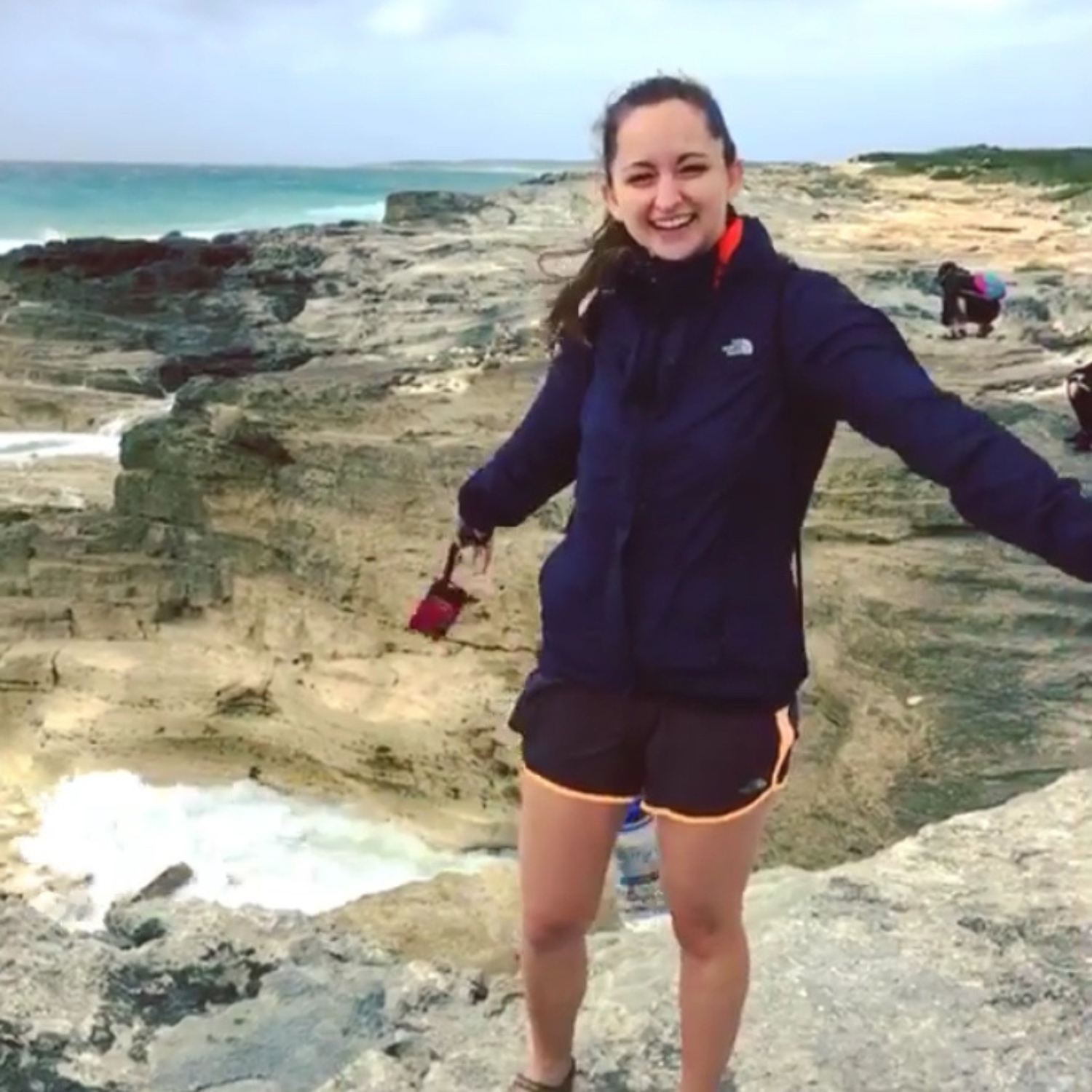


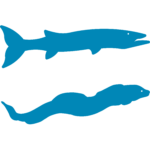
Meet Sara Schoen
I am a Ph.D candidate in the Predator Ecology & Conservation Lab and Tropical Fish Ecology Lab at Florida International University (FIU). My research focuses on understanding the distribution and abundance of moray eels and barracudas through reanalysis of Global FinPrint videos. These species are generally understudied, and thus we have a limited understanding of their life history. My goal for my project is to get other scientists interested and including these species into their projects. Prior to joining my labs at FIU, I received my Masters in Biology from James Madison University where I utilized novel statistical methods to examine the Kuhl’s creek frog (Limnonectes kuhlii) species complex. My research helped describe a species and I hope to see this method used more to aid in delimiting the complex.
I am originally from Virginia, but have spent several years on the coast in New Jersey and in Florida. I spent years volunteering at a local wetlands institute, educating patrons on the beaches about horseshoe crabs, interned at the Maria Mitchell Association aquarium, and followed a general love of marine biology through my academic career. My overall goal in my research projects is to explore understudied areas or novel methods to examine species on a deeper level—a strong interest in wildlife conservation across several species. Due to this, I am passionate about education and teaching others about understudied species and the implications of focusing research efforts to define and illustrate connections previously unseen.
2020 M.S. Biology, James Madison University
2017 B.S. Biology, James Madison University
Get To Know Sara
I’m originally from Virginia, but I spent over twenty summers in New Jersey working, visiting and exploring the beaches and marshes in South Jersey. I had a strong love of marine biology, but mostly went to land-locked schools, and all projects were terrestrial based. Statistics let me explore several different projects and eventually got me back into marine biology.
My favorite sea creature is a whale shark. Much like great barracuda, their spot patterns are unique to the individual and the spots remind me of a night sky.
My interest in my proposed project question led me to attend graduate school. Global FinPrint has over 20,000 hours of video to investigate shark and ray populations, and my labs were curious on what else they could do with that data. I wanted to work in marine biology, find enjoyment in working with large data sets and wanted to find out just what could be found in the videos that hadn’t been thought of before.
My Masters research allowed me to be a part of a research paper that describes a species through previously underexplored methods in the field.
I want other researchers and scientists to study barracuda and moray eels, even if it’s including them in a larger study. If they start doing this, then we can start filling in knowledge gaps that currently exist.
I started by working with a species complex of frogs out of Southeast Asia, and I was fortunate to have an advisor who let me try and fail as an undergraduate to create what would one day be my Masters thesis. I never thought I would work in statistics, or any math field, but I enjoyed discovering answers through statistics.
My typical day is spent on a computer, using R specifically to explore data. It’s not the most exciting thing to many people, but I find it very rewarding.
My biggest challenge is there’s not a lot of literature on barracuda or morays. There’s a lot of knowledge gaps, and it feels like you don’t know where to start, but that also makes it rewarding to find an answer and encourage others to explore deeper.
I used to write fiction books, and I look forward to picking that back up once I complete my research at FIU. Otherwise, I enjoy hiking, diving and traveling, especially when you can combine them like diving in Iceland to touch the tectonic plates.
I always recommend doing a masters first, just to get your feet wet and manage the transition from undergrad to graduate education. It’s very easy to get burnt out or take on too much, so I tell students to make sure they check in with themselves often. Take the opportunities you can, but don’t overload yourself.
Seeing people who are interested in the work I do, or even want to follow a path like mine. I took an unusual route in biology, but I don’t regret it at all.
Interview conducted in November 2024


